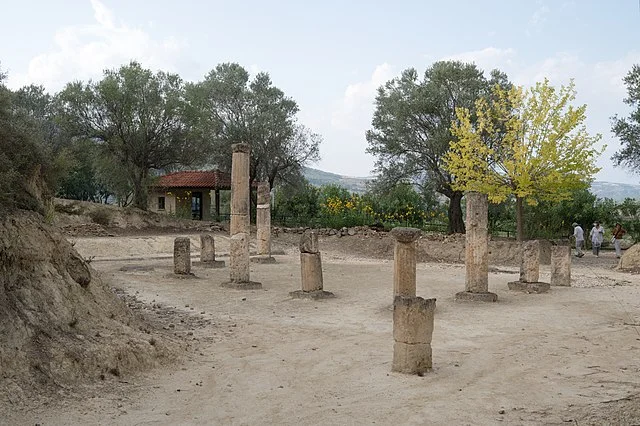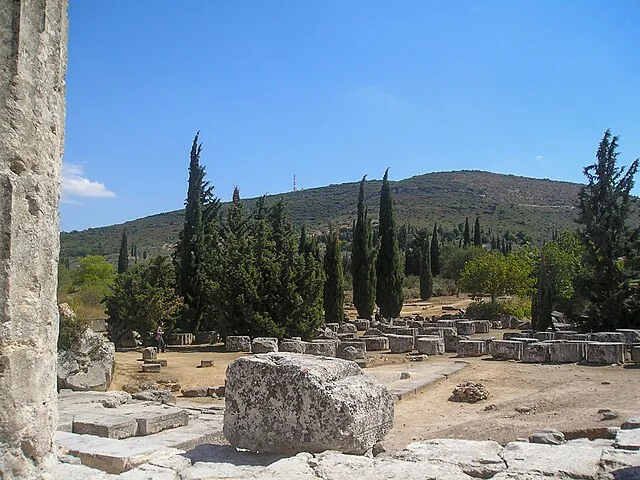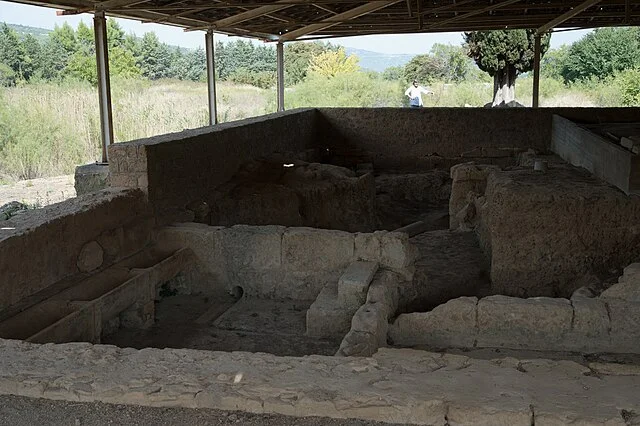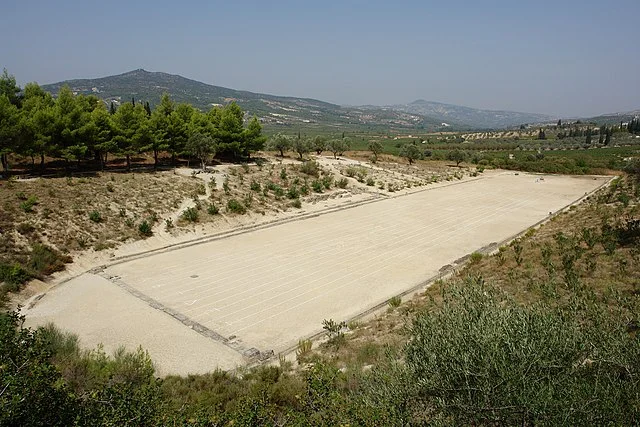Nemea is an ancient site in the northeastern part of the Peloponnese in Greece. It played a significant role in Greek mythology and history, especially during the Classical period.
Get your dose of History via Email
History of Nemea

The site of Nemea was primarily known for its connection to the Nemean Games, one of the four major Panhellenic Games in ancient Greece. These games were similar in importance to the Olympic Games and took place every two years. The first Nemean Games are believed to have been held around 573 BC, serving as a major religious and athletic event.
Nemea also holds mythological significance, being the location where the hero Heracles (Hercules) fought and killed the Nemean Lion as one of his Twelve Labors. The lion, known for its impenetrable skin, was slain by Heracles using his brute strength after realizing his weapons were ineffective. This event became a key story in Greek mythology, further enhancing Nemea’s importance.
Archaeological Discoveries

Excavations at Nemea have revealed significant structures. The Temple of Zeus, dating back to the 4th century BC, was a prominent religious structure. It was built during a time when Nemea served as a sanctuary dedicated to Zeus. The temple is characterized by its Doric columns and grand design, though only a few columns remain standing today.
Other findings include the stadium where the Nemean Games were held. The stadium, built around the 4th century BC, could hold approximately 30,000 spectators. Athletes competed in events like foot races, boxing, and wrestling. Excavations have uncovered an underground tunnel, which athletes used to enter the stadium, showcasing the advanced architecture of the period.
The Decline and Later Use

The Nemean Games, while prestigious, began to lose their prominence by the 3rd century AD as Roman influence grew in Greece. Over time, the site became less active. By the early Byzantine period, the site had been largely abandoned. However, it was still used occasionally for local festivals.
During modern excavations, efforts to preserve and restore the site began in the 20th century, helping historians and archaeologists gain insight into Nemea’s past. Today, Nemea is an important archaeological site, drawing visitors interested in ancient Greek history and culture.
Conclusion
Nemea remains a testament to Greece’s rich history, both in mythology and athletics. Its ties to the Nemean Games and Heracles’ labors make it a crucial part of ancient Greek tradition. The archaeological finds at the site, including the Temple of Zeus and the stadium, highlight its significance during the Classical period.
For modern researchers, Nemea offers a window into ancient Greek life and religious practices, underscoring the importance of athleticism and myth in Greek society.
Source:

